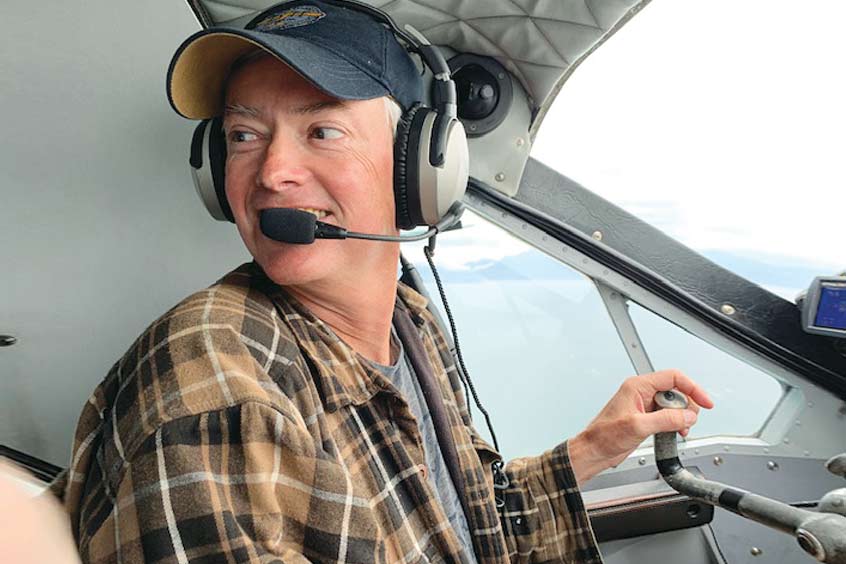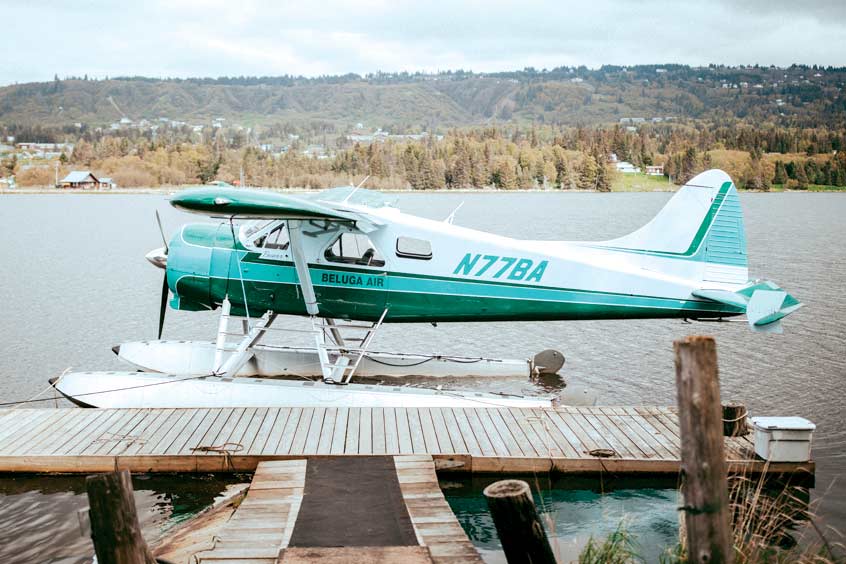Why visit ACE ’25?



For our Perspectives series, we talk to experienced business aviation industry professionals, who share with us their unique insights and offer a window into their world. This month's interviewee is Wes Head, chief pilot and owner at Beluga Air. Wes runs a very interesting one-man operation, offering ecotourism in Alaska using a de Havilland Beaver on floats. In a state that in large part can only be accessed by aircraft, flying is something of a bear necessity...
“We are really not the normal charter operation, all we run is a small plane on floats. We fly in Alaska, which certainly presents a unique set of challenges. We are a single pilot 135 operation, so very basic. We only have one aircraft, it’s the de Havilland Canada DHC-2 Beaver, on floats. If you see a picture of an aircraft in Alaska, it’s going to be a Beaver on floats, they are ubiquitous up here, and that’s because the plane was designed for exactly what we are doing. After World War II de Havilland got together a bunch of Canadian bush pilots and asked them what they would like to see as the best bush aircraft possible, and the result was the Beaver. They were built from 1947 to 1967, and 1,600 of them were made; out of those the vast majority are flying around Canada and Alaska. This is because they do one thing really well – take off and land short, with a full load.
I would say two-thirds of my business is ecotourism, taking people to go and see brown bears and grizzly bears on the Katmai coast. The other third is hunting, fishing, kayaking, that sort of thing. The engine has nine cylinders, it’s the old-style engine. For the weight, it still produces the most power out there. For what we do, which is flying low and not over long distance, it’s very good.
All the flying is carried out by me. We are a ‘mom and pop’ operation. The pilot shortage is hitting everybody, but it is hitting Alaska really hard. The folks that would have come here before to build hours are now going straight into the airlines, as soon as they hit 1,500 hours. It has hit Alaska really hard, so we made the decision to stick with a single pilot about five years ago.
The farthest that we go is 150 miles, from here to a place called Brooks Camp. I’m sure you’ve seen a picture of a brown bear standing on a rock, catching a fish out of mid air. That’s Brooks, that’s where that happens. It’s about an hour and a half flight.
I’m flying the bush in Alaska, so pretty much every trip I see something that’s unbelievable, be it a new waterfall or a new piece of scenery or a bear doing something different. Alaska is a lot like Africa in that it’s very untamed. Only 25 per cent of our state is accessible by car, everything else has to be flown in or transported by boat. So 75 per cent of our state, which is roughly two thirds the size of the continental United States, is only available by aircraft. It’s really wild out here – I could take you 15 minutes out of town and you won’t see another person for five or ten years.
There are some people running King Airs here, mainly out of Anchorage, our large city. People who are doing more point to point kind of flights, that is to say charters, are running out of Anchorage. They do things like taking teachers out to the bush, or the electric company, or oil companies up to the north slope, or fishermen out to Dutch Harbour. Those are more typical ad hoc on-demand charters.
I’m just a bush operator and I love what I do - I’m not looking at growing. This supports me and my family. It just gets in your blood flying the bush; I’m landing on rivers and lakes, literally out in the middle of nowhere.”